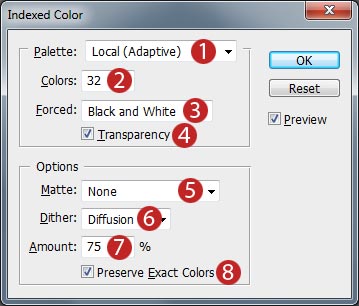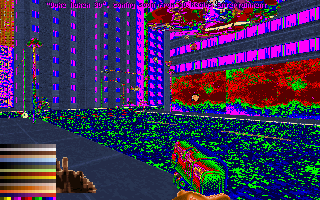
8BIT COLOR PALETTE CONVERTER CODE
It is one of the principles for time critical code development – do not allocate memory on demand, but perform allocation before.

So let's see the reasons for such bad results. For example, it will take more than 20 minutes to convert a 1024x768 bitmap (I run Centrino 1.8G). When you try to run it on bigger bitmaps, it will take much more time. I've developed my utility to run it on bitmaps with a size of 16X16 pixels. Ok, guys, (thanks a lot to all of you) you are right. After my previous code sample, I've got some e-mails from people who were interested in my TTF convert solution, but they claimed that my code has poor performance. The code used to generate the colours is based on the work of Dan Bruton.This article describes fast bitmap color depth change.This demo was utilised in the paper Teaching Beer’s Law and Absorption Spectrophotometry with a Smart Phone: A Substantially Simplified Protocol by Thomas S. The above tool should been seen as more of an approximation than a rigorous resource. We can see colours which are outside of the gamut of the RGB scheme - there is no unique mapping that definitively converts a wavelength to a colour, and as such However, due to the very complex way in which the eye perceives colours, In this model, each colour is given a value for each red, green and blues components ranging from 0 to 255, giving a total value of 16.7 million possible colours. We can begin to build up a picture of how frequency is related to colour.Ī frequent way of referring to colour on computer screens is by using the RGB system. The lasers in your Blu-ray player emit at 405nm, which as the name suggests, is blue. Helium-neon lasers emit at 632.8nm, which is a bright red. However, a laser for example, emits only at a single very specific frequency. Sunlight appears white to us because it emits almost uniformly over all visible frequencies. Higher frequency radiation, such as x-rays are absorbed by the atmosphere, as are lower frequencies, such as microwaves. The particular range of wavelengths coincides with a window in the Earth's atmosphere, through which this light can travel.

Over the course of millions of years, the human eye has evolved to detect light in the range 380-780nm,Ī portion of the electromagnetic spectrum known as visible light, which we perceive as colour.


 0 kommentar(er)
0 kommentar(er)
